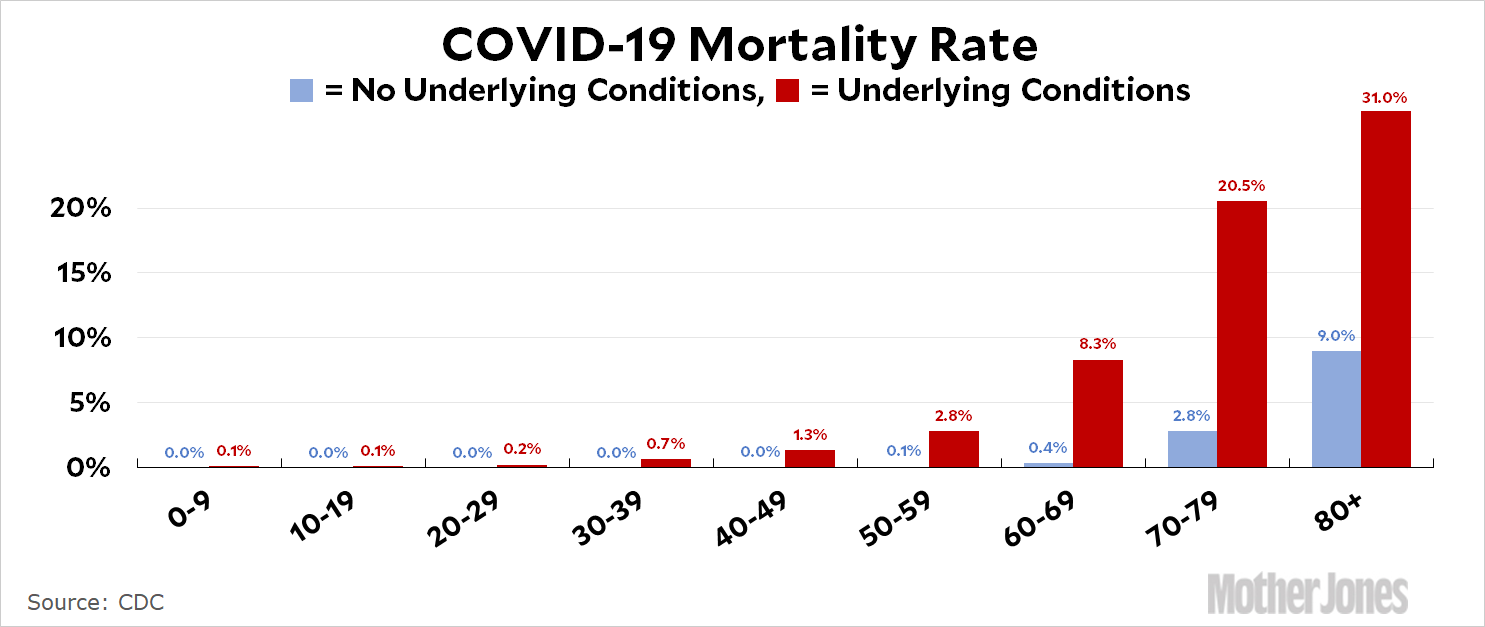

In lower-income countries, most covid-19 deaths are probably unreported. “A lot of deaths were not diagnosed early on.” Looking at the number of deaths above what was seen under “normal” conditions in previous years suggests that 10,000 or even 20,000 deaths were missed. “The 44,000 number underestimates the total mortality quite substantially,” he says. In the UK, for instance, many deaths weren't counted because of an early lack of testing, so the official estimate of about 44,000 in the first wave is too low, says Paul Hunter at the University of East Anglia in the UK. Estimates suggest that about 250,000 people were infected daily at the peak of the first wave in the UK, when only 5000 daily cases were being reported by the government.įor high-income countries, we do have a fair idea of how many people have died of covid-19 but there are uncertainties. The number of confirmed cases that countries report can't be used to calculate the infection fatality rate because most cases aren't detected – not everyone has symptoms, and not all who do get tested. But antibody surveys can produce a misleading picture because of false positive and false negative results. The best way to work out how many people have been infected is to test the blood of thousands of people to see how many have antibodies to the coronavirus, and then extrapolate the results to entire countries. What we want to know is how many people who get infected with the virus actually die: the infection fatality rate.

The second reason it is hard to estimate the real death rate is that there is great uncertainty about the numbers used to calculate it. Similarly, vaccines that prevent severe disease in older people should reduce death rates. In places such as South Korea that have largely prevented outbreaks in care homes, the overall death rate is lower. This means death rates will vary from place to place and at different times.įor instance, the death rate is greatest in care homes: as high as 73 per cent in nursing homes in Belgium, one study estimated ( medRxiv, doi.org/fjnh). First, the odds of dying from covid-19 vary greatly depending on a person's age, sex, health and the standard of care received. However, if hospitals in some countries are overwhelmed during the surge of infections now hitting Europe and the US, that might not continue to be the case.Įstimating the real death rate is hard for two reasons. More of the people admitted to hospital with covid-19 are surviving now, suggesting that the death rate has fallen slightly. “The death rate is at least 10 or 20 times higher than flu,” says Nicholas Brazeau at Imperial College London. This study concludes that in high-income countries, more than 1 in 100 people infected by the coronavirus died in the first wave. But a recent meta-analysis confirms earlier estimates, finding that the death rate can be as high as 16 per cent for people over 90, but is 0 per cent for children under 4. Some have claimed that death rates aren't as high as thought and that governments are overreacting by imposing measures such as lockdowns.

THE proportion of people who die after being infected by the coronavirus has become a highly controversial subject.


 0 kommentar(er)
0 kommentar(er)
